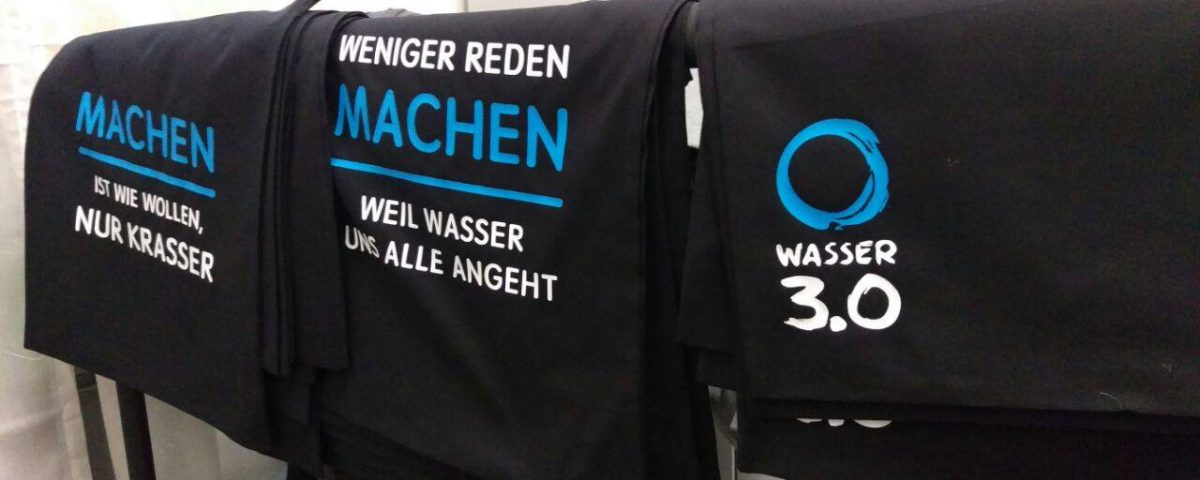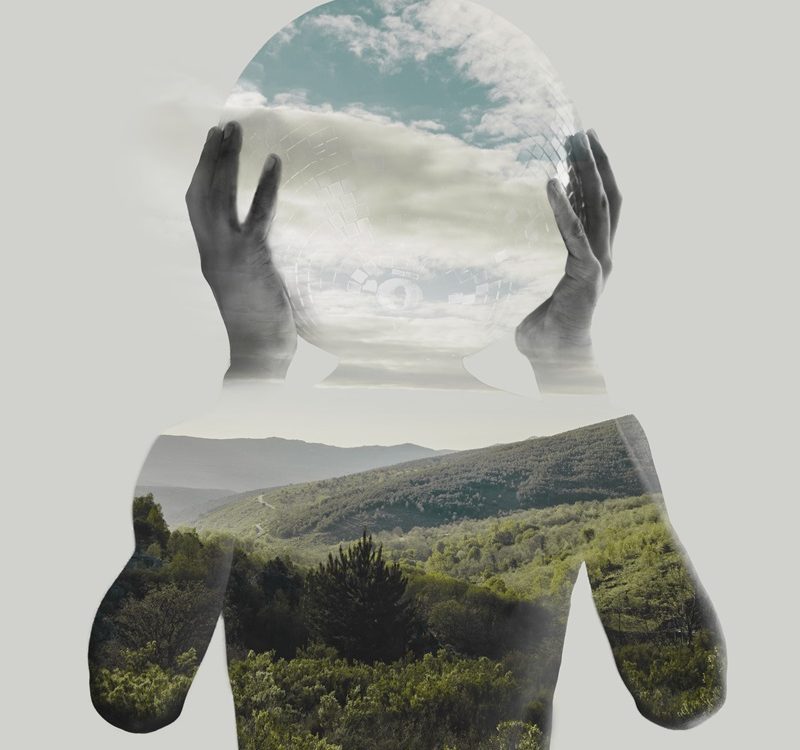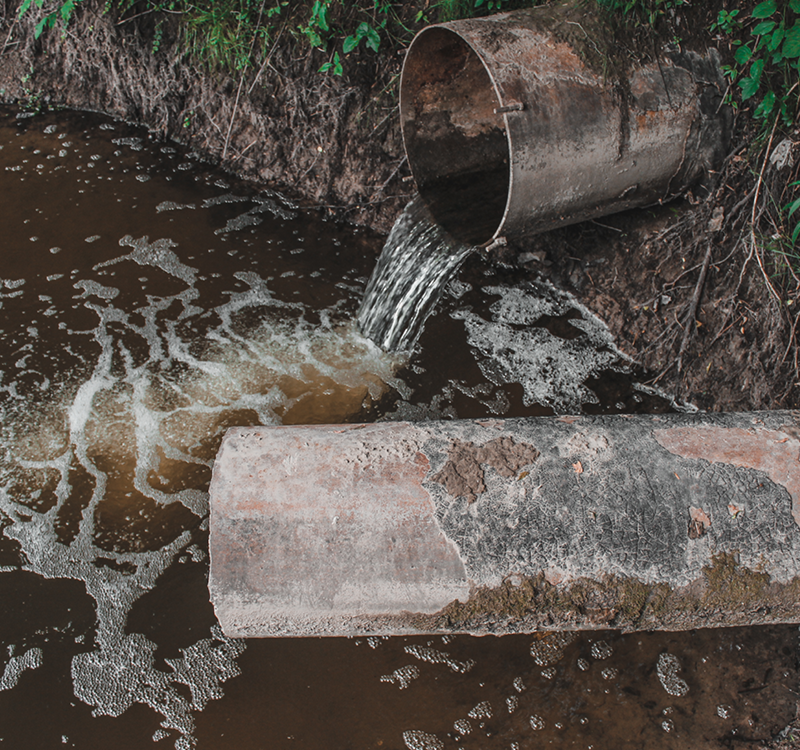
Quick and efficient: PFAS analysis
10. February 2021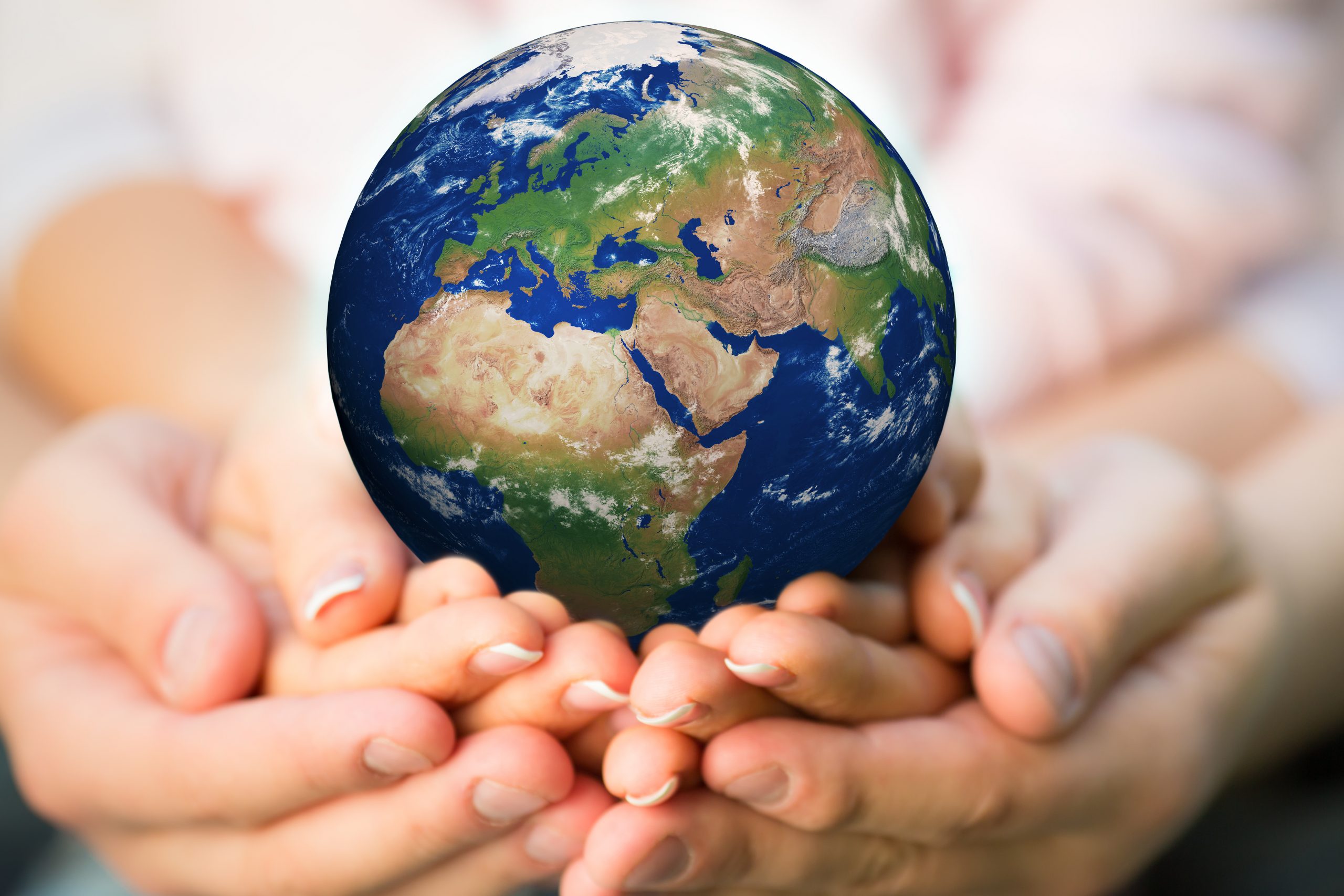
Sustainable Development Goals
11. April 2021#worldwaterday 2021 - The value of (waste)water
World Water Day
The theme of World Water Day 2021 is the value of water. In our blog for waters without microplastics and micropollutants, we have already written on water as human right or economic good, as water crisis, water scarcity, water pollution, water in the UN-Sustainability Goals, and with a general view on the different types of water. So today, we take the chance to turn to wastewater as part of the water cycle.
Clean and safe water is almost taken for granted in our latitudes - but there is a lot going on "behind the scences" to make sure it is and stays that way. When taking a closer look, some things actually do not happen, which one as a "layman" would assume.
The theme of World Water Day 2021 is the value of water. In our blog for waters without microplastics and micropollutants, we have already written on water as human right or economic good, as water crisis, water scarcity, water pollution, water in the UN-Sustainability Goals, and with a general view on the different types of water. So today, we take the chance to turn to wastewater as part of the water cycle.
Clean and safe water is almost taken for granted in our latitudes - but there is a lot going on "behind the scences" to make sure it is and stays that way. When taking a closer look, some things actually do not happen, which one as a "layman" would assume.
Out of sight, out of mind
Just as water itself has little to no real value with us, the same (if not more) is true for wastewater. It simply disappears through the drain, is cleaned somewhere and available to us again as clean water.
How this "magical" purification works is something we rarely think about. Why should we? In Western European countries like Germany, sewage is not a problem of daily life. The sewage system works and runs somewhere in the background without us really having a point of contact with it.
The fact that we damage our environment through our wastewater and, in the worst case, poison our livelihood plays an alarmingly small role in our awareness and in political and industrial decision-making processes.
Just as water itself has little to no real value with us, the same (if not more) is true for wastewater. It simply disappears through the drain, is cleaned somewhere and available to us again as clean water.
How this "magical" purification works is something we rarely think about. Why should we? In Western European countries like Germany, sewage is not a problem of daily life. The sewage system works and runs somewhere in the background without us really having a point of contact with it.
The fact that we damage our environment through our wastewater and, in the worst case, poison our livelihood plays an alarmingly small role in our awareness and in political and industrial decision-making processes.
This is how wastewater treatment works
The purification of water is a process that requires know-how and appropriate technical equipment. Purification mostly consists of three stages: mechanical, biological and chemical purification. Here we give only a brief overview of what happens in each stage. You will find more information soon on our knowledge pages, which are currently being set up.
The purification of water is a process that requires know-how and appropriate technical equipment. Purification mostly consists of three stages: mechanical, biological and chemical purification. Here we give only a brief overview of what happens in each stage. You will find more information soon on our knowledge pages, which are currently being set up.
Step 1 - mechanical
The first step involves mechanical treatment. Here, everything larger than 5mm is retained, washed and collected in a container. Particles smaller than 5mm pass the rakes and get into the sand and grease trap. Here sand and other sediments as well as grease are separated. In the last part of the mechanical treatment, the primary clarifier, the remaining particles, which are heavier than water, settle down. The wastewater now contains only dissolved substances and suspended solids that cannot be separated by gravity.
The first step involves mechanical treatment. Here, everything larger than 5mm is retained, washed and collected in a container. Particles smaller than 5mm pass the rakes and get into the sand and grease trap. Here sand and other sediments as well as grease are separated. In the last part of the mechanical treatment, the primary clarifier, the remaining particles, which are heavier than water, settle down. The wastewater now contains only dissolved substances and suspended solids that cannot be separated by gravity.
Step 2- biological
This is followed by biological purification. It mainly involves the degradation of organic compounds that contain a lot of carbon, nitrogen and phosphorus. This purification is mainly done by microorganisms, such as bacteria, and various protozoa.
This is followed by biological purification. It mainly involves the degradation of organic compounds that contain a lot of carbon, nitrogen and phosphorus. This purification is mainly done by microorganisms, such as bacteria, and various protozoa.
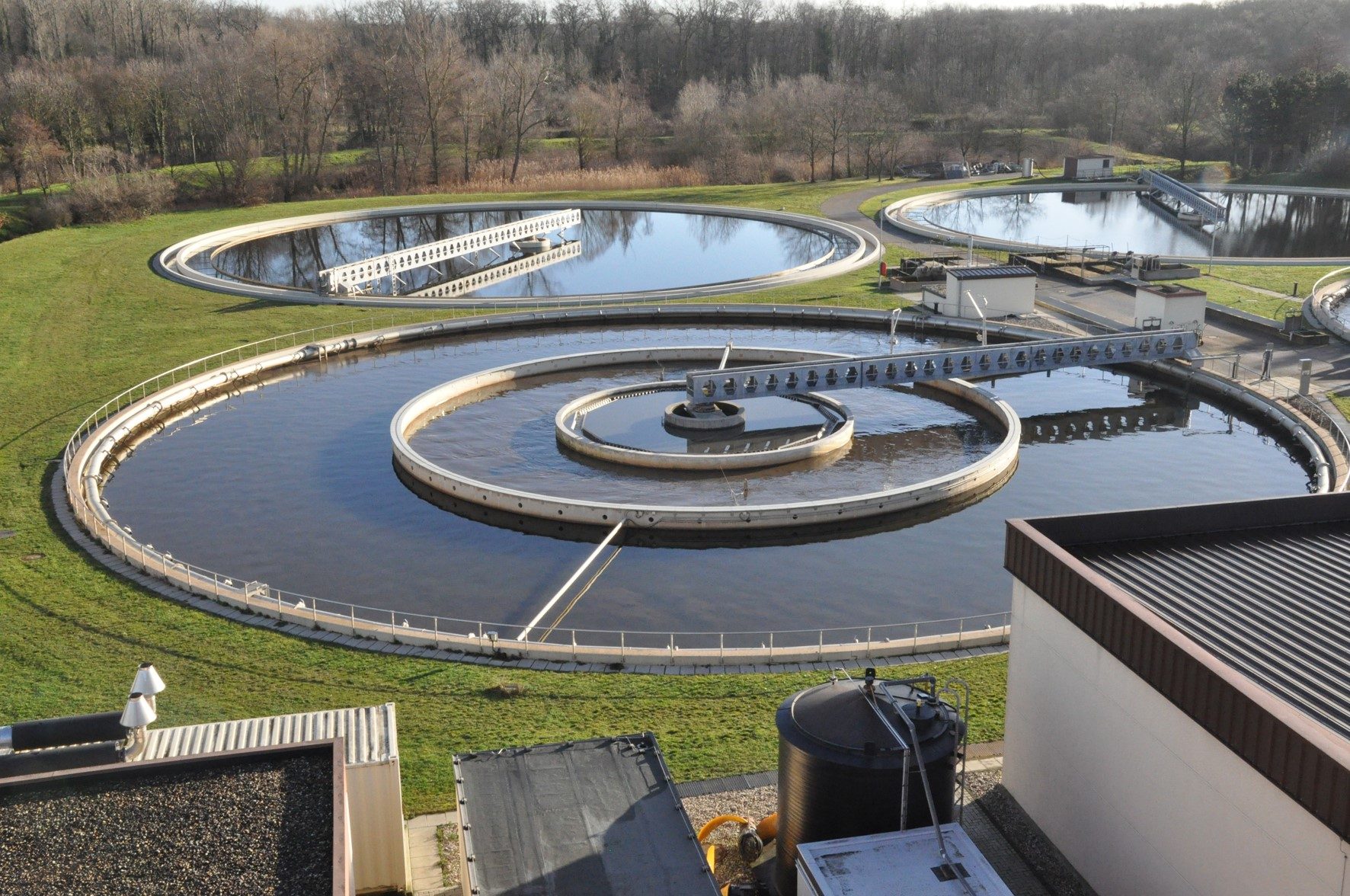
Step 3 - chemical
The last step is chemical treatment. This is mainly about the elimination of phosphorus as too much of this substance can cause water bodies to overturn. For example, iron(III) chloride is used for elimination. This leads to the formation of water-insoluble iron phosphate, which can be disposed of together with the sludge as long as there is no standardized phosphate recovery.
The last step is chemical treatment. This is mainly about the elimination of phosphorus as too much of this substance can cause water bodies to overturn. For example, iron(III) chloride is used for elimination. This leads to the formation of water-insoluble iron phosphate, which can be disposed of together with the sludge as long as there is no standardized phosphate recovery.
And then? Step 4
This system with the three treatment steps works very well, but it also has its weaknesses against the highly complex pollutions with microplastics and micropollutants, which enter the wastewater from our households (cleaning agents, cosmetics, medicine residues, tire abrasion) or from local industries (pesticides, industrial chemicals,....).
These pollutants are currently insufficiently removed in the wastewater treatment plants as they are difficult to separate due to their small size. They therefore get back into the water cycle and thus into the environment.
This system with the three treatment steps works very well, but it also has its weaknesses against the highly complex pollutions with microplastics and micropollutants, which enter the wastewater from our households (cleaning agents, cosmetics, medicine residues, tire abrasion) or from local industries (pesticides, industrial chemicals,....).
These pollutants are currently insufficiently removed in the wastewater treatment plants as they are difficult to separate due to their small size. They therefore get back into the water cycle and thus into the environment.
Rethinking wastewater
This is the point we are at right now, which is why the expansion of municipal wastewater treatment plants to include another, 4th treatment stage becomes increasingly important. The issue here is how to remove these elusive pollutants from wastewater. There are already some processes and approaches for removing micropollutants. At Wasser 3.0, we are also working at full speed in this area, because one thing is clear: Current methods will not be enough to combat the growing complexity of water pollution.
This is the point we are at right now, which is why the expansion of municipal wastewater treatment plants to include another, 4th treatment stage becomes increasingly important. The issue here is how to remove these elusive pollutants from wastewater. There are already some processes and approaches for removing micropollutants. At Wasser 3.0, we are also working at full speed in this area, because one thing is clear: Current methods will not be enough to combat the growing complexity of water pollution.
It will take much more than "singular" solutions or multi-year discussions for a national water strategy to address a growing global problem.
For a healthy future, we should ask ourselves: What value do we give to water and wastewater?

It is about much more
As such 4th purification stages are not yet widely in use and even then - what it actually comes down to is not discharging so many pollutants in our wastewater in the first place.
Our production and consumption logics are currently built on a 'taken for granted' exploitation and use of natural - finite - resources. Changing this is the most important lever when it comes to preserving our water livelihood. As we try to find solutions to problems we create ourselves, we could begin to shift our system to a precautionary principle that society will help to sustain.
It will be up to politics and industry, keywords limit values and responsible production.
As such 4th purification stages are not yet widely in use and even then - what it actually comes down to is not discharging so many pollutants in our wastewater in the first place.
Our production and consumption logics are currently built on a 'taken for granted' exploitation and use of natural - finite - resources. Changing this is the most important lever when it comes to preserving our water livelihood. As we try to find solutions to problems we create ourselves, we could begin to shift our system to a precautionary principle that society will help to sustain.
It will be up to politics and industry, keywords limit values and responsible production.
Every contribution, every step, every drop in the right direction counts
Also, each individual could start today to pay attention to the choice of cleaning agents, detergents, fertilizers and pesticides at home and in the garden and to buy those that contain ingredients compatible with nature.
Also, each individual could start today to pay attention to the choice of cleaning agents, detergents, fertilizers and pesticides at home and in the garden and to buy those that contain ingredients compatible with nature.

